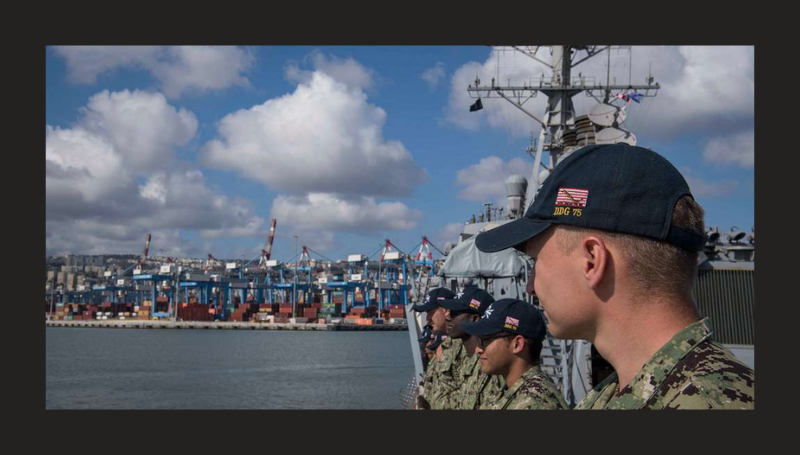Farzin Nadimi
The Washington Institute for Near East Policy, Aug. 9, 2024
“During the April 13 attack, Iran stated that it did not use some of its most modern and capable ballistic missiles, probably expecting that the worst of the conflict was yet to come.”
The July 31 killing of Hamas leader Ismail Haniyeh in an Islamic Revolutionary Guard Corps guesthouse in Tehran was both a major humiliation and a severe security and intelligence setback for the Iranian regime. Officials immediately blamed the attack on Israel, claimed it was supported by the United States, and promised severe revenge against Israel using the combined capabilities of its “resistance front.” The question now is what form this revenge might take.
Iran and Israel have been in a state of war for more than four decades, with occasional periods of escalation and varying levels of proxy involvement. Their most recent escalation cycle unfolded in April, after an Israeli strike killed senior Iranian military officers in Damascus.
Then as now, Tehran threatened a military response and was not deterred from carrying it out despite strong U.S. statements of support for Israel and highly visible military deployments. On April 13, Iran launched a barrage of drones, cruise missiles, and ballistic missiles directly from its territory. Although the attack did not trigger a major Israeli response, the combination of potent Israeli, U.S., and allied defensive measures probably prevented a catastrophe. The region is now on the brink of a possible redux of unknown proportions, and efforts are once again being invested to prevent Iran from attacking—or, if it does attack, keeping its response at the lower end of the escalation ladder. … [To read the full article, click here]


